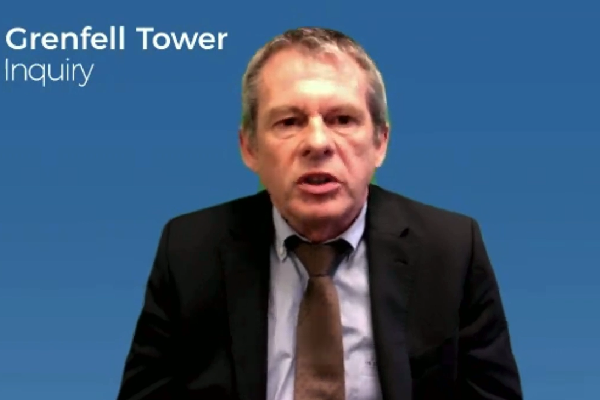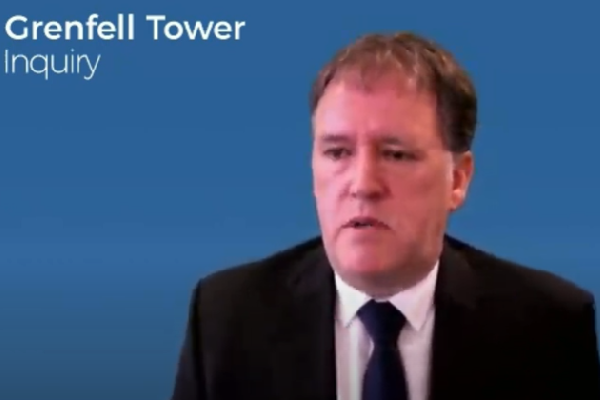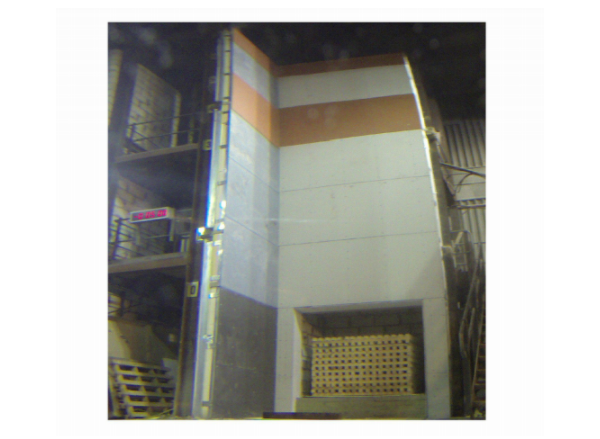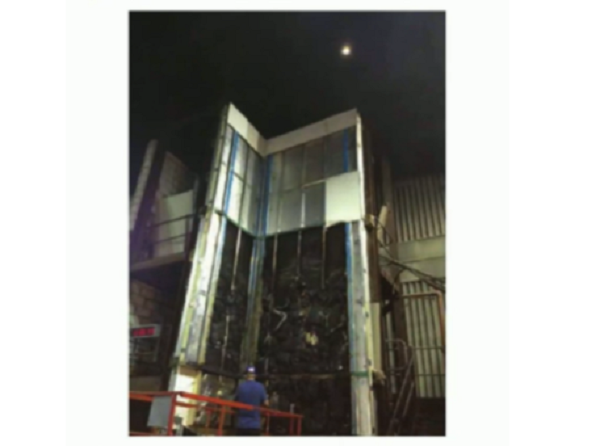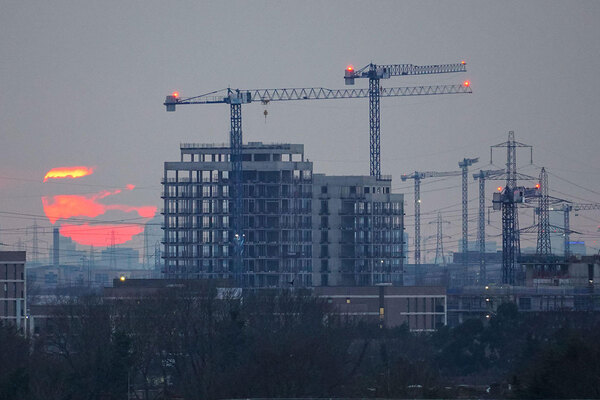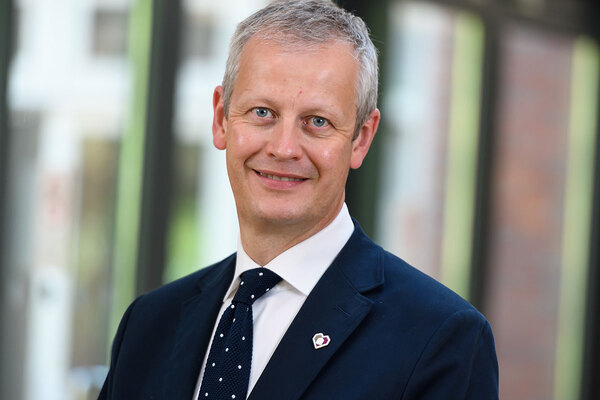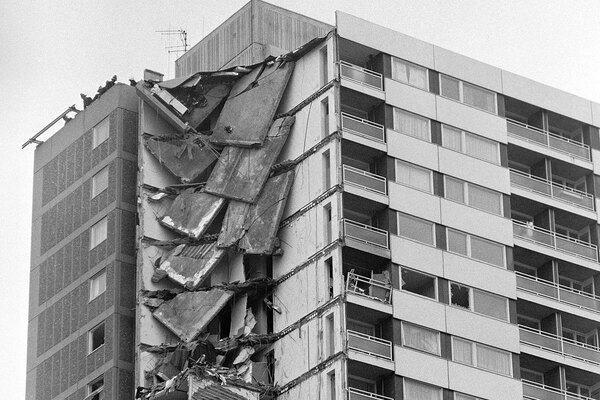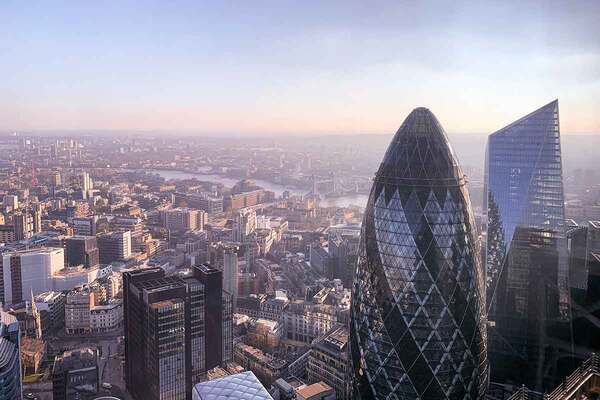BRE technician denies it is ‘not credible’ to say he was not aware of manipulated Grenfell insulation test
A senior Building Research Establishment (BRE) technician has denied that it is “not credible” for him to claim he did not know that a critical fire test on the insulation later used on Grenfell Tower contained secret fire-resisting boards.
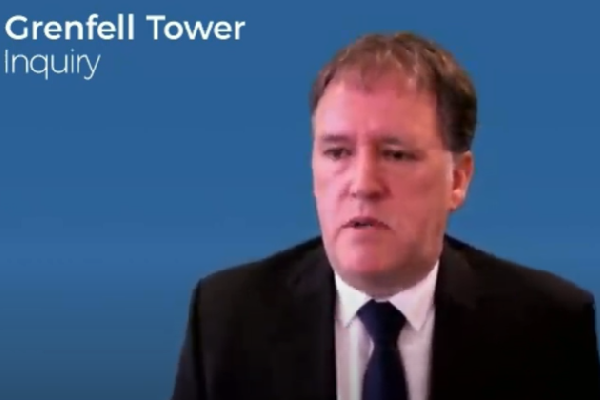
Philip Clark, former burn hall manager at the BRE, was today shown video footage of him discussing the test and making comments which witnesses from insulation manufacturer Celotex claim referred to the presence of the hidden magnesium oxide boards.
He denied this, but was challenged by Richard Millett QC, counsel to the inquiry, to admit that his claim to ignorance over their use was “not credible”.
In other evidence heard today:
- Mr Clark was also accused of giving “false evidence” to the inquiry yesterday when he said he only had access to documents provided by the BRE when preparing his witness statement
- He also accepted he had made “slapdash” errors in a report on a 2005 Kingspan test which misstated the timings of the progression of the fire
- He denied making “unofficial” or “off the record” comments to Kingspan about its testing, despite repeated references to them in Kingspan documents stretching over seven years
But the majority of the morning session focused on his knowledge Celotex’s May 2014 test on a wall construction comprising its RS5000 insulation, which it was seeking to market for use on high rises. This was a repeat of a failed test in February 2014.
The firm replaced the 8mm cement fibre cladding panels used in February with thicker 12mm panels in the hope that the thicker panels would be less likely to crack and allow flames to attack the insulation.
But at two key locations – at the top of the rig and two-thirds up – these 12mm boards were replaced with 8mm boards and 6mm of fire-resisting magnesium oxide was placed behind them to bolster their resistance to fire.
The 8mm boards were a different colour – orange as opposed to white – and were clearly visible on the test rig, as indicated by the picture below.
Mr Clark claimed he believed the boards were all the same thickness and said Celotex had told him the colour change was simply because of supply shortages.
No delivery record has been found for the magnesium boards, but Mr Clark’s signature appears on a delivery note which specified the different coloured panels were 8mm rather than 12mm.
Asked why he did not notice this, he said: “What you need to understand is that the burn hall was a very busy place. We could have 10 people in on any given day.”
There were no photographs of the components taken before the rig was assembled, which he accepted was “another departure” from normal procedures but claimed he was away at a first aid course when this was done.
He was shown extracts of the evidence of Jamie Hayes and Jonathan Roper – both from Celotex – who both said they had “no doubt” that Mr Clark was aware of the additional panels and had detailed discussions about them.
Mr Clark said he “categorically” denies this and accused them both of lying. “It’s clear to me that there was a systematic deception which they have kept to a very small number of people and there would be no point telling me at all,” he said. “I would be the last person you would want to know about that.”
He was played a video from his helmet camera during the test, detailed in the box below, in which Mr Roper claimed he made reference to the presence of the boards. But on each instance Mr Clark denied this was what he had meant.
The headcam video
Mr Clark wore a helmet camera during the test which recorded his conversations with Celotex representatives, including Mr Roper. Several comments Mr Clark made were highlighted to him as potentially showing knowledge of the magnesium oxide boards, but he gave alternate explanations for each. These included:
- “See how that flame seems to have ceased now that the board is there.” In a supplementary witness statement Mr Roper said this was a reference made by Mr Clark about the boards, as it was the only major change from the test in February and therefore the only meaning which could be ascribed to his use of the word “now”. But Mr Clark claimed that he was speaking about the cladding panels in general, pointing out that the flames were, at that stage, at a lower point on the rig. Pressed on why he said “now”, he claimed this was no more than “misuse of a word” in “general conversation”.
- “Obviously your board doesn’t appear to have deformed in any way.” Mr Roper said the reference to “appear” shows that these comments were clearly about the hidden boards, as all others were clearly visible. Mr Clark said this was simply a comment about the panels in general.
- “Sometimes changing two things at a time doesn’t always give you an advantage.” Mr Clark’s evidence is that he only knew of one change between the February and May test. So why was he on camera referring to two changes? His said he was simply explaining “the scientific principle that if you change two variables you don’t always know which has had the effect”. He said he was simply trying to educate the younger Mr Roper. “I’m going to put it to you squarely Mr Clark, this was not just the imparting of a scientific principle, it was a reflection of the fact that you knew two things had been changed,” said Mr Millett. “No, I refute that,” said Mr Clark.
He was then shown a photograph from his test report which showed the white magnesium oxide boards, behind where the orange boards had been, as the rig was deconstructed (below).
Celotex requested the removal of the photograph, which Mr Clark declined to do. “Was it not obvious to you… that there was something in these photographs that they didn’t want in the report?” said Mr Millett.
“No, definitely not,” replied Mr Clark.
Asked why he had not checked the delivery note to ensure the different colours were of the same thickness, Mr Clark said it was due to the time pressures of his job.
“That’s not credible really, is it?” asked Mr Millett.
“Why would it not be credible, I’m working with numerous clients… it was a very busy, high-pressure job with limited staffing levels. It was missed,” he replied.
Later in the day Mr Clark was challenged over a claim in his evidence the day before that in preparing his witness statement he had “no access” to any files on the BRE systems and “anything I was given I was reliant on the BRE to provide to me”.
However, the BRE’s lawyers contacted the inquiry overnight to say that he had in fact been allowed to spend three days at the BRE offices – having by that time left his job – with unrestricted access to all the relevant files.
“When you told the inquiry under oath that you had no access to any files or any of the systems, that was not correct, was it?” asked Mr Millett. “I am putting it to you that you have given false evidence to the inquiry about this.”
“You asked me a question, I answered in the way I recalled at the time,” Mr Clark said. “If I should have answered that differently then I can only apologise.”
Discussing testing carried out by Kingspan, he was shown notes of the testing which recorded flames reached the 4m mark on the rig after five minutes. But in his official report of the test, he recorded this as happening at 10 minutes.
“It’s remarkably slapdash isn’t it, that the testing is out by five minutes?” asked Mr Millett.
“It should have been corrected, yes,” replied Mr Clark.
He was also shown instances of emails from Ivor Meredith, a senior member of Kingspan’s technical team, which asked for “off the record” or “unofficial” comments about the company’s testing in 2008 and 2014, as well as an internal Kingspan report which made reference to the BRE’s “unofficial” comments.
Mr Clark said this was “not how the BRE operated” and that Mr Meredith had a “very strange recurring idea in his head” that some comments should be considered “unofficial”.
“I’m going to suggest to you that those recurring requests for comment recurred because they were precisely the kind of comments you were giving them?” asked Mr Millett.
“I’m not sure why he kept asking for them… It’s just his terminology I think,” replied Mr Clark.
The Grenfell Tower Inquiry continues with further evidence from Mr Clark tomorrow.
Sign up for our weekly Grenfell Inquiry newsletter
Each week we send out a newsletter rounding up the key news from the Grenfell Inquiry, along with the headlines from the week
Already have an account? Click here to manage your newsletters
